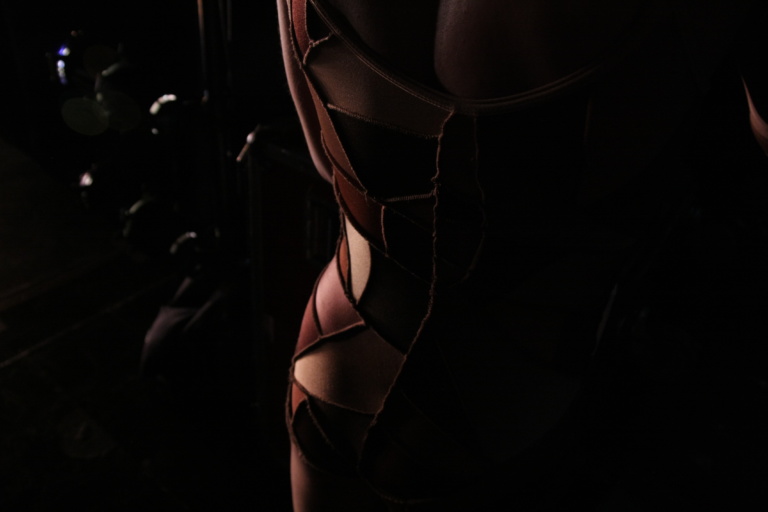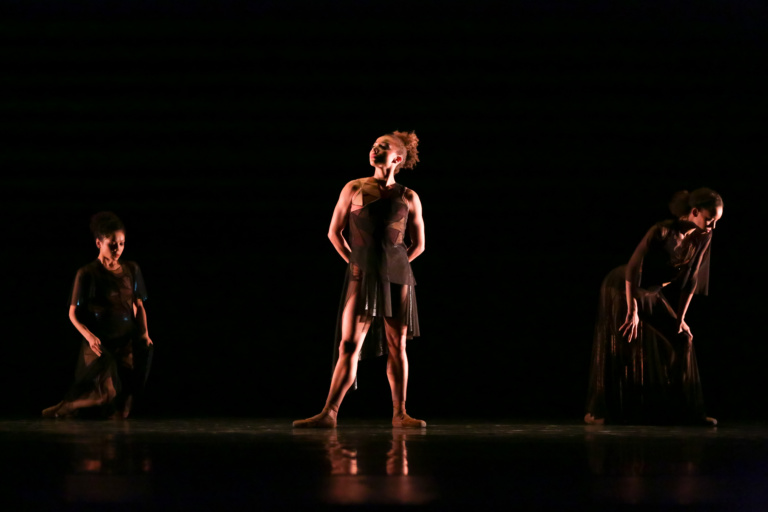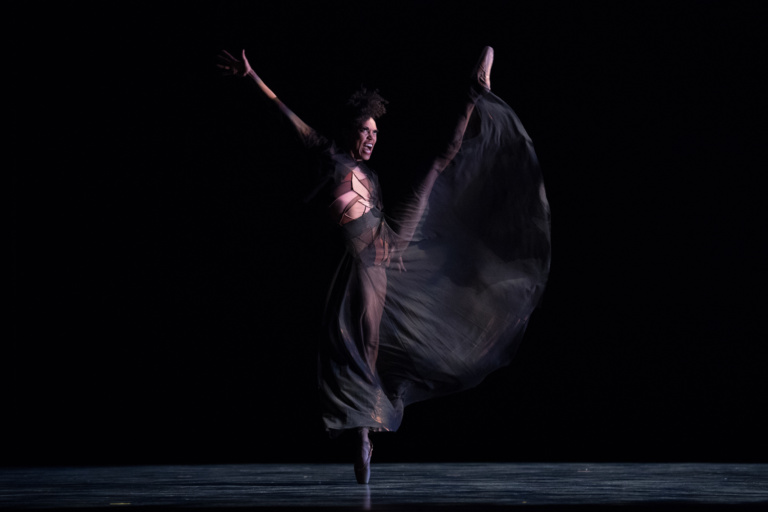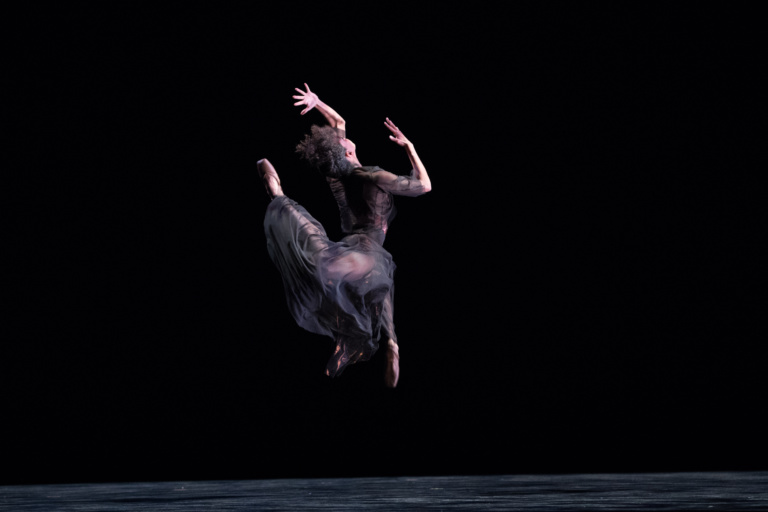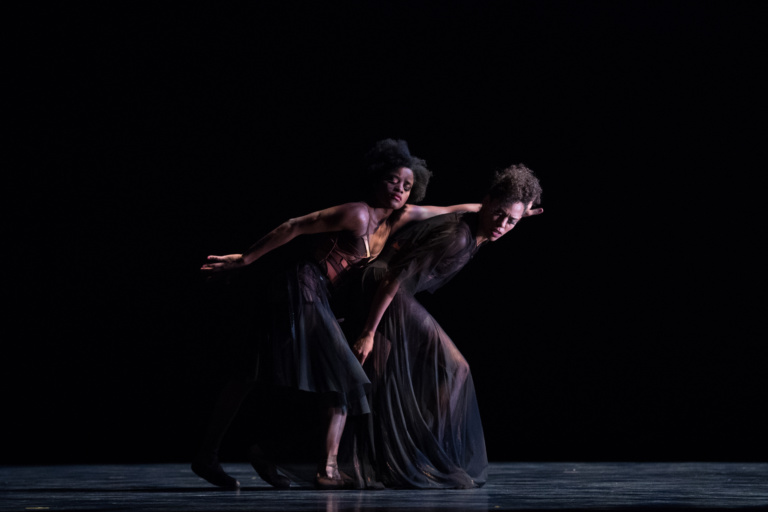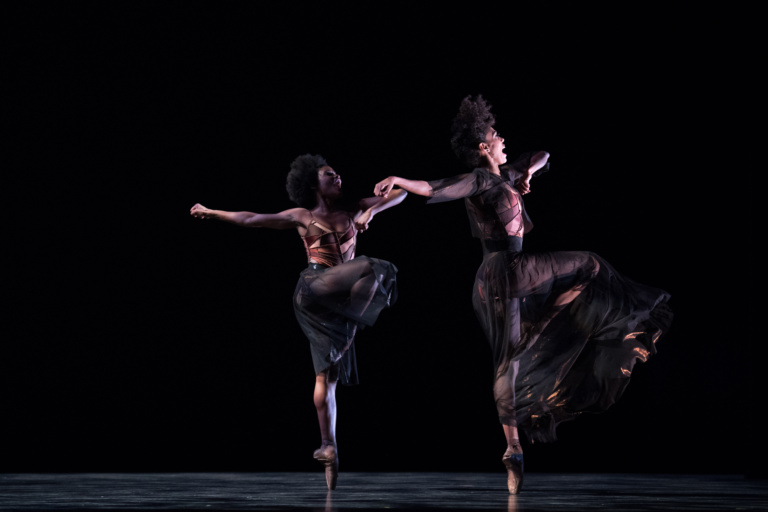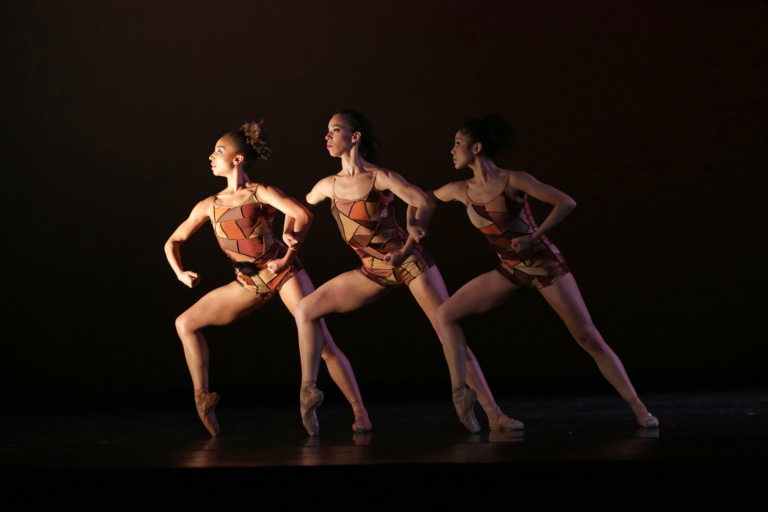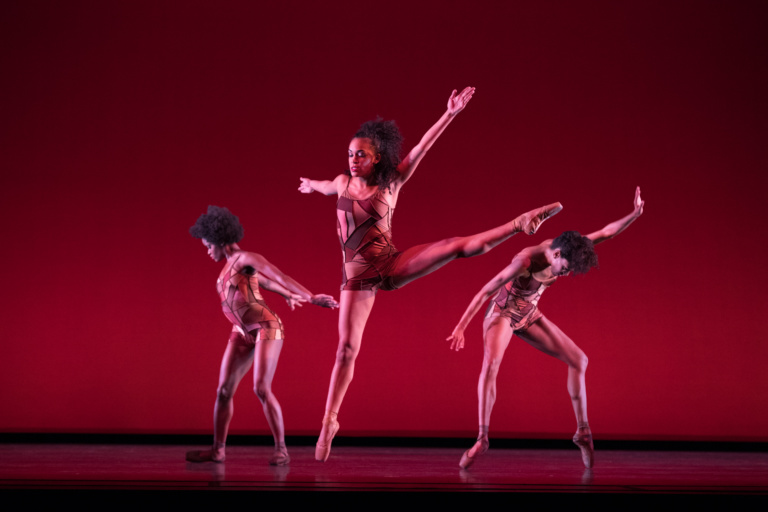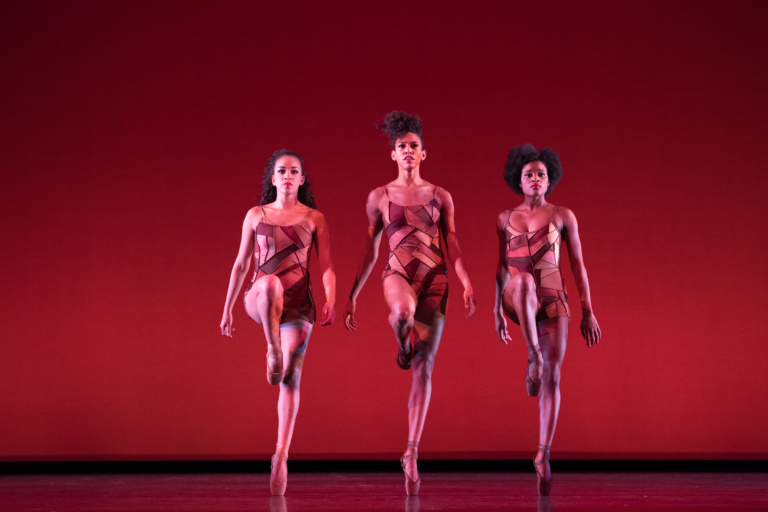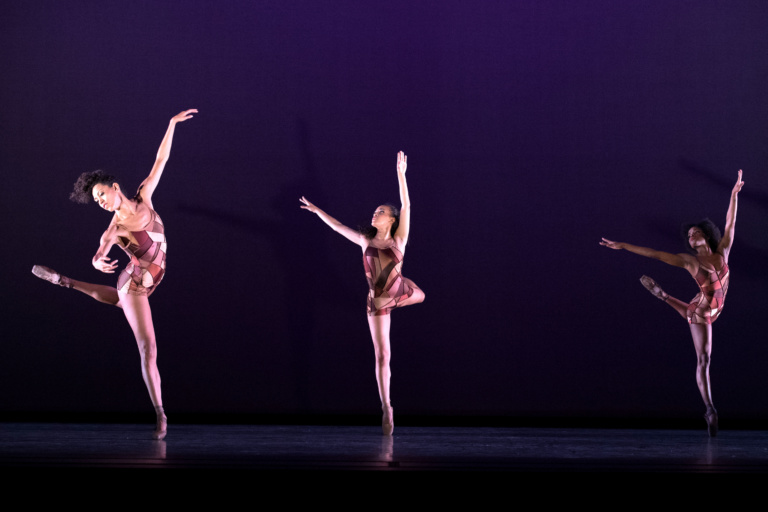Oran Bumroongchart

I was born in Bangkok, Thailand and immigrated to the US when I was 5, where the Muppets and the kind creatures of Sesame Street taught me how to speak English. It was at this time that my family discovered the cause of my propensity for bleeding: a mild case of Von Willebrand’s Disease, leading to a childhood residency at the library, where I devoured stories or just hung out in the 700’s, feeding my curiosity about how things were designed and made, and discovering multitude ways of self-expression in endless mediums.
As an undergraduate, I majored in Architecture at the University of California at Berkeley. But what I was really curious about was something called Scenography and I ventured to the Theater department my second year, meeting Kate Edmunds, my Set Design Professor, who would eventually become a mentor, and proceeded to study Costume Design with Warren Travis and Lighting Design with David K.H. Elliot.
As a graduate student at New York University, I studied Costume Design with Susan Hilferty and Set Design with Paul Steinberg, John Conklin, Thomas Lynch, Adrianne Lobel, and Carol Bailey.
The two most important lessons I learned as a design student are:
1 – Design on a human scale: both physically and metaphorically. The manipulation of this scale enables us to express the Human Experience as it unfolds on the stage.
2 – The interrelation of Past, Present, and Future: We learn from the Past, and feel the Present, so that we may be able to see into the Future.
In designing costumes for “Change,” Choreographer Dianne McIntyre had this to say:
“This work is inspired by women—Black, Brown and Beige—who have refashioned the neighborhood, the country, the world through their vision, courage, and endurance. Often unsung, inconspicuous or up-front, these individuals could be called warriors for change.”
The dancers start off clothed in silhouettes referencing the late 19th century, Mid Century, and present day America, progressively shedding the layers of their costumes throughout the dance to reveal a patchwork skin tone leotard.
The leotards were constructed from scraps of material used to make leotards and undergarments dyed to match each of the Dancer’s skin tones before the company went on hiatus in 2004. Dance Theatre of Harlem was the first professional ballet company to celebrate, rather than uniformly hide the color of their Dancer’s skin.
The Dancers perform each night clothed in the legacy of their predecessors, their own individual skin blending here and there into the crazy quilt pattern. It serves as a reminder, not only to the Dancers, but to the Audience as well, that as you move forward into the future, you never do so standing alone.
back / zpátky